KYLE NOLLA
The competitive Super Smash Bros esports scene is in shambles.
In early July of 2020, over ninety Smash community members posted to Twitter about abuses they had suffered: financial exploitation, relationship violence, and sexual violence running the gamut from drug-facilitated rape to soliciting nudes from minors. In past years, a single accusation of the kind might surface every few weeks on Twitter and cause a short-lived stir. In contrast, that first week of July was an extraordinary time for victims/survivors within the Smash scene. A person could speak and be heard and receive the validation and support they never got.
The names of the accused people broke hearts: the legendary ZeRo, of the million-plus subscribers on YouTube and the Guinness Book of World Records for 56 consecutive tournament championships; the Nintendo-sponsored Cinnpie whose place as a woman of color commentator was a step forward; the renowned commentator D1 whose record of elevating local talent made him beloved. The accusations were not limited to prominent figureheads. Among the accused were tournament organizers who used their position to exploit players, as well as regular guys who were “nice and never seemed like they could hurt anyone” yet whose partners had proof of chronic physical battering.
Why Are There So Many Sexual Misconduct Allegations in Smash Bros? | Source: © theScore esports/YouTube
The content of the accusations was serious. A 24-year-old woman in a long-term sexual relationship with a 14-year-old boy. A tournament organizer who pointed players to a narcotics dealer. A big-name streamer who profited by taking “loans” totaling over $350,000 from individuals across the scene.
As the accusations slowed, the remainder of July became a time of despair. From top to bottom, the scene seemed rotten and members of the community handled it in different ways. Many players turned to self-reflection: was there anyone who could tell a similar story about them, even if they hadn’t meant any harm? Tournament organizers stepped up: how could they best address accusations brought to them? Community figureheads confessed: how had they looked away and how would they do better?
Collectively, the Smash community is just beginning to face the monsters that I’ve wrestled with for over two years. And as everyone reels in horror, takes up arms, demands justice, lashes out, tries to process these emotions that are as familiar to me as the back of my hand — ironically, I’ve run out of gas.
When I entered the Smash scene as a college kid in 2014, I met exactly two other women. One was just a year younger than me and a promising player. Before I’d known her even six months, she was sexually assaulted by another Smasher. She reported it to our local tournament organizer. He didn’t believe her. Less than a month after, she was assaulted again by a different player at a private Smash event. That time, she didn’t bother to report it.
As I witnessed her struggle, I wrestled with how clear injustice could go unaddressed. Law enforcement requires iron-clad proof which is rarely present in sexual violence cases. When the assailant is a community member, the next step down might be your local tournament organizer, but if they don’t believe you, what can you do? Quit? Leave? But she had invested so much into it.
She took the last available option: a callout. The public circus of a callout is brutal for a victim, but sometimes a story garners enough outrage that leadership is pressured to investigate and condemn the abuser. I watched as her Tweet got a few retweets, but not many. A few comments questioning her, a few supporting her. In the end, almost no one saw her story and nothing else was done about it.
Everything about the situation was wrong. Was there anything I could do to make it right, if not for her then at least for people in the future? I was a nobody in Smash, but maybe speaking up about these community-level problems would help. So I did.
How can we discern between a mistake, an opportunistic abuse, and a premeditated attack? Can a victim be responsible for what happened to them and can we help them protect themselves without blaming them?
Using your voice on the Internet, especially in spaces that are dominated by adolescent men, comes with inherent risks. Whether out of ignorance or fear, I decided that those risks were minimal: the Smash community is fairly tight-knit, since for most of the game’s history, it could only be played in person. Besides, I was an educated young woman who would listen to even the most radical ideas and deconstruct them logically, so certainly I could avoid online harassment.
The first time I was proven wrong involved a breakup between a top player and a girl in which he accused her of cheating and she accused his business of holding her possessions hostage. Someone circulated her nudes. I Tweeted something like, “This is every bitter nerd’s wet dream — a hot girl was the bad guy to an innocent gamer dude and now you get to see the revenge porn.” For that pithy bit, my Twitter was screenshotted and posted in a Smash Facebook group that claimed to be for shitposting. I watched as the comments poured in about me — “this bitch needs to get raped” “bet she’s never even seen a dick, I should show her one” — and felt decidedly shitted upon rather than in on the joke.
However, opportunity came along with the risks. In 2018, a group of 25 tournament organizers (TOs) came together as a grassroots council to decide on a universal ruleset. Prior to and even after “The 25,” Smash has never been unified: the entire scene was built by fans with no support from Nintendo, so it has always struggled to have a cohesive structure or effective communication within its leadership. Notably, the 25 did not include a single woman. After that fact was publicly highlighted, a council member stepped down and gave his spot to a woman TO. And then she messaged me. She’d brought up issues of harassment and misconduct to The 25 but they felt unequipped to address it, so they suggested a task force. “I’ve seen your posts online,” she said. “Do you want to be a part of it?”
Here it was. A larger-scale way to address the hurt. A way to change the culture from top to bottom, a way to communicate to the biggest powers and advise policy. I was in. The nine of us were termed the “Harassment Task Force.”
The Harassment Task Force included big names and big brains. I contributed not only as a female voice, but also as a social science researcher: I compiled psychology articles on the rates of recidivism in sexual assault to inform our ban policies and I read law journal articles on interviewing accused people. I dredged up non-academic resources too: existing codes of conduct in other gaming spaces, esports player contracts with personal conduct clauses, resources for survivors of relationship violence. I saved folders of articles and books, I read and absorbed.
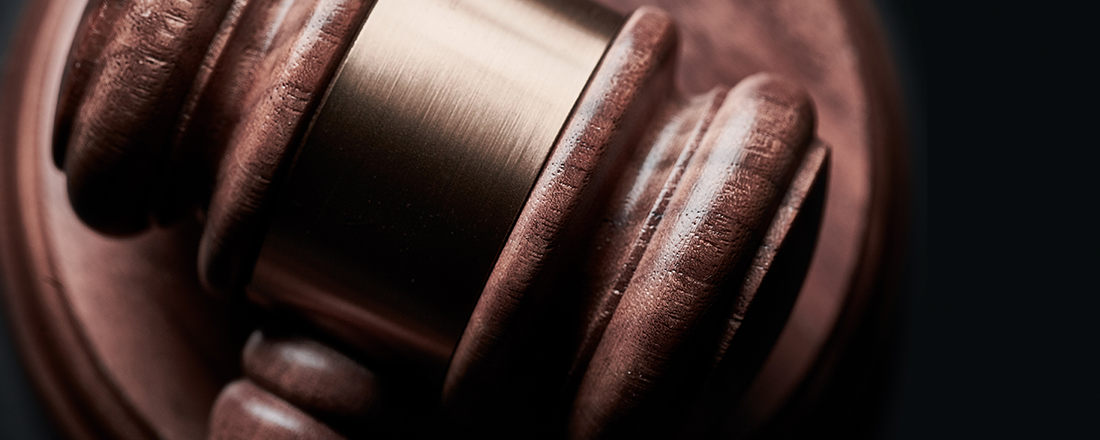
I spent a lot of time thinking, trying to figure out what all the documents had in common, comparing their assumptions about justice. I asked, how can a homegrown system create justice when legal bodies fail? How can we discern between a mistake, an opportunistic abuse, and a premeditated attack? Can a victim be responsible for what happened to them and can we help them protect themselves without blaming them? I kept reading and thinking. I talked to lawyers to discuss the moral and legal implications of the system we were trying to build.
Eventually, I arrived at the conclusion that the responsibility of a grassroots justice system is to hold people accountable for harm. By asking a person to be accountable or take responsibility for harm they have caused, we collectively discourage harm from happening again by the same individual and by others in the community. Furthermore, by identifying and describing harm, we give victims a chance to be validated and set on a path to healing.
Working from that basic tenet, I considered how to craft procedures to match. In practice, to achieve goals like accountability, we must go beyond simply punishing an offense to treating both victims and accused like respected, capable humans. It is not our responsibility to make decisions for victims/survivors but support them in their decisions. Similarly, it is not our responsibility to demonize and crucify people who perpetuate harm — rather, we can take away their ability to harm within our communities and point them in the right direction for growth. I wrote these ideas into our code of conduct and our training documents. A victim/survivor must consent to the investigation. An interview with an accused person should never look like bullying.
For many of the involved people in the Harassment Task Force, life got in the way. But for me, this was a project of passion. I was driven to correct the injustices I had seen and experienced in the Smash scene and elsewhere. I was proud that I could contribute my expertise in a way that could help people, unlike the theoretical work I was doing as a graduate student. These issues of justice, harm, proof, and victimhood captivated me intellectually and emotionally.
We finalized our code of conduct in late 2018 and renamed ourselves the Code of Conduct Panel (COC). I took over recruitment, communication to signatory tournament organizers, and monitoring emails, Twitter, and our reporting system. We started hearing cases in groups of three to five people, conducting interviews, reading evidence from both sides, and making ban recommendations to our signatories. No one was sure what we were doing was absolutely right, just that we had really tried to make it right. And that this system, this project of ours, was better than nothing.
Using your voice on the Internet, especially in spaces that are dominated by adolescent men, comes with inherent risks.
In the eyes of the public, our first big case failed. Marginalized community members were outraged: how could we let someone who admitted to pushing his girlfriend against a desk and humping her come back to the game after just two years? I used my personal Twitter account to clarify: COC decisions are a process, and obviously our process wasn’t thorough enough.
I spent several months researching and organizing sexual violence training for our members. I paid an educator several hundred dollars out of pocket to record a training module on sexual violence myths and facts. I extensively researched Title IX and grassroots adjudication protocols and I recorded that training module myself.
We moved forward. We tried more cases. We recruited more people. I wanted to see this through. I wanted to make the change. Our organization had over seventy signatory tournament organizers, including the five largest international tournaments in Smash. We could do this.
All throughout, people would see me at tournaments and say, Thanks for the work you do. But how could I accept that goodwill with a hundred unheard reports in our queue?
I learned quickly that organizing the COC was going to be a net negative emotional experience. Besides feelings of inadequacy, the work itself was brutal. Each week we received reports accompanied by sometimes graphic evidence, and each report showed up in my mailbox instantly and unexpectedly. On top of our official reporting channels, news spread that I was the one to contact if you had a problem, so my social media experience shifted from playful interactions with friends to interactions with strangers who needed guidance. At some point, accused people also started contacting me trying to get a leg up before being reported or begging/threatening for a case to go their way. My body began to interpret Twitter notifications as a pouncing lion.
Public reactions to every announced decision eroded my optimism as well. The same few-year ban could be a miscarriage of justice because it “would allow an abuser to abuse again x years from now” or because “x years is a lifetime in Smash, so this SJW organization is ending an entire Smash career.” Constructive criticism is the bread and butter of community-driven initiatives, so I always read the comments. However, the very nature of the COC’s work put us at the center of a larger ongoing conversation about vigilante justice on the internet. Interactions with our posts were not limited to invested, good-willed community members who wanted to see improvements in safety. Each decision attracted extremists looking to make a point about “cancel culture” or people looking for a “gotcha.”
How Do We Keep Predators Out of the Smash Community? Talking w/ a Smash Code of Conduct Panel Member | Source: © Vaush/YouTube
The particular challenges of community organizing were new territory for me, and no one in our organization or the scene’s leadership could provide wisdom and guidance. When I was Tweeting to a smaller audience, I could manage a jerk or two. But when my interactions started numbering in the tens of thousands, the number of jerks messaging me directly to insult, belittle, or threaten me grew as well. The age-old advice to “ignore and report” seemed counterproductive to the mission of community unity. I wondered if the work of the COC was incompatible with internet culture.
Nevertheless, I had to keep going. For the girls in Smash who left before they could even start. For the ones who tried to stay and couldn’t. For me, because doing what’s right is one of the ways I cope with the unfairness of the world. With the unfairness done to me.
It is not our responsibility to make decisions for victims/survivors but support them in their decisions. Similarly, it is not our responsibility to demonize and crucify people who perpetuate harm — rather, we can take away their ability to harm within our communities and point them in the right direction for growth.
I took breaks. I delegated. I turned off notifications. I compartmentalized the work from the rest of my life. But it wasn’t enough. When I engaged, the scale of the problem was overwhelming. When I wasn’t engaged, it ate at me that we were so far behind, dozens of cases unheard, meaning dozens of potentially harmful people out there potentially doing more harm.
Still, I just kept going. Even when others quit. Even unpaid. Even when someone dropped the ball and no one wanted to pick it up again. Even without structural support from a company: no battle-hardened supervisor to give targeted feedback on your work or take over if an abuser goes too far, no vacation or shift-swapping with coworkers, no legal team to crush harassment, no company-paid therapy. Even without support from most of the community: few people who know your struggle and can tell you that you’re doing okay, kid. Instead, hundreds of Retweets on a meme dunking you. Instead, harassment.
In January 2020, a Twitter user who claimed to be upset with the outcome of their case tagged my partner in a page-long screed about what a horrible, performative martyr I am. I assumed the COC had failed them somehow and engaged. After a few tweets, it became clear they had made the whole thing up to hurt me. After outing a trans Smasher to their family, they created another account with an address of my workplace. I informed campus security, I filed a police report, and I took a break.
We had just finished another round of cases when the confessions of July began. COC members posted in our “#potential-reports” Slack channel with story after story. Some cases were familiar from our report queue. The majority were bigger problems that had been hidden by networks of folks who tended to avoid me at parties. As the posts continued every half hour, I felt a pit in my stomach, not just at the horror of the crimes, but at the dawning fear that people may expect us to fix all of this, and no, we could not.
Amidst internal COC discussions of how we could help, I froze at a sudden surge of notifications on my personal account. A prominent player whom we had banned for relations with a minor announced to his 30,000 followers that I had known about another adult man having sexual relations with the same 16-year-old victim.
I had not known about the second abuser. But try proving a lack of knowledge to an Internet thirsty for blood. Notifications flooded in furiously. Within a day, my workplace IT told me they had emails demanding I be fired for protecting pedophiles. Due to the doxing in January, they knew about the nature and controversy of the COC’s work and I was supported. But as I typed up yet another explanation to my department head, fewer than six months after the first, I finally conceded: this effort of regulating a hundred-thousand-person scene, juggling volunteers and scraping together money and training, sticking out your neck on the internet, all of that has an enormous, enormous cost.
At this point, I have paid more than my fair share.
We take for granted that every space of play, from the Smash scene to a stage production, is built only through huge amounts of work, with varying resources. Some esports scenes have the game developers behind them, whose interest in growing their investment also means steady streams of revenue that support careers and structured leadership. Developers also must avoid legal liability and maintain an image of safety so rules about behavior are a given. Unfortunately, Nintendo has kept a healthy distance from the July scandals, so efforts towards safety in Smash are likely to remain grassroots.
The Decline of the Smash Community? | Source: © Esports Talk/YouTube
Thankfully, people within Smash are coming together to clean up the rubble. The average Smasher has more education and awareness about abuse and justice than ever before. At a systemic level, several groups of tournament organizers have joined together on the state levels and proposed ways to deal with accusations. Within the COC, we are discussing a transition to an advisory or resource role for these smaller organizations, since it’s become clear that the scale of the problem is beyond what our understaffed team can handle.
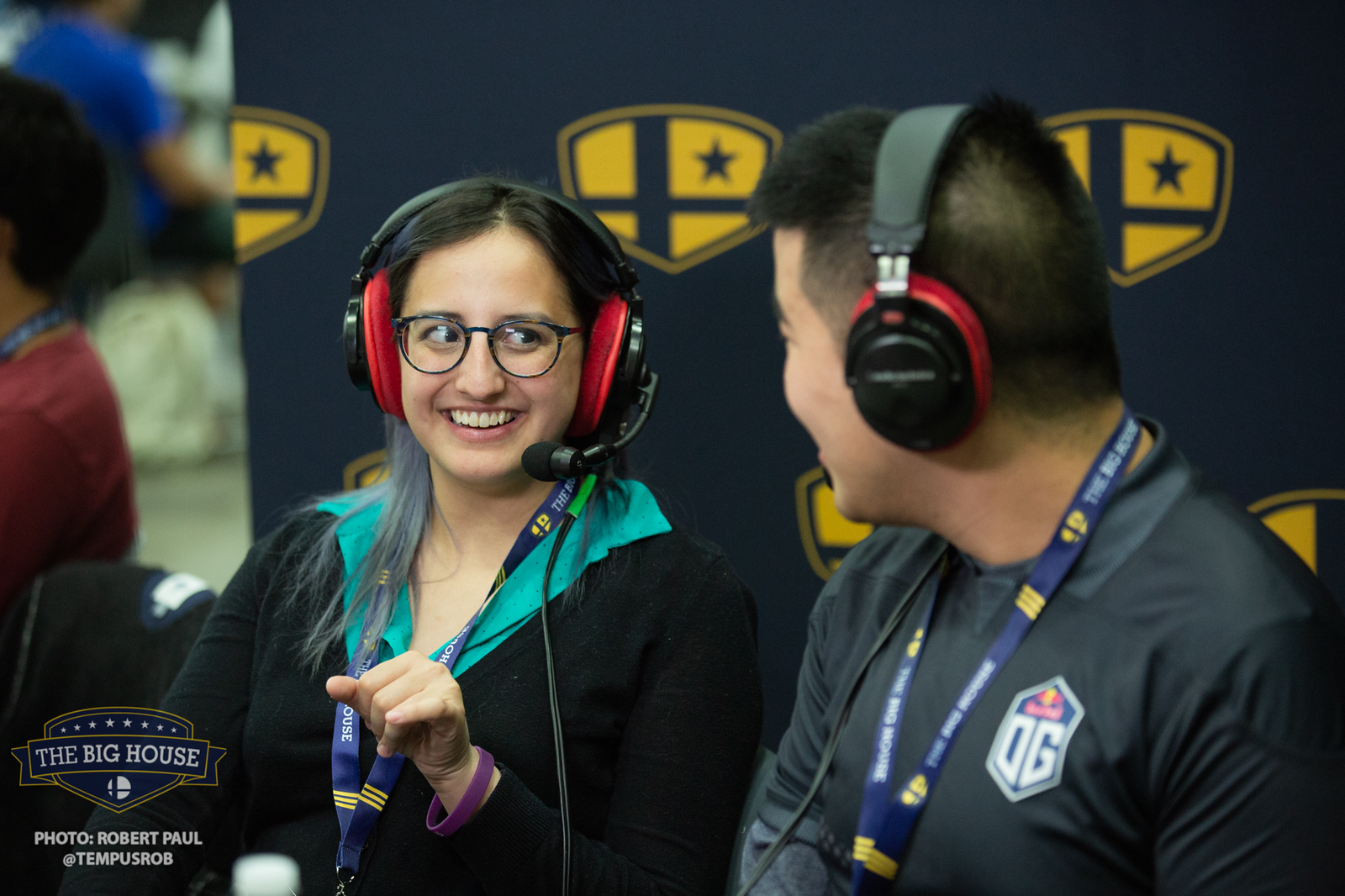
Photo courtesy of the author
I don’t know what the future holds for me except that I cannot keep doing what I was doing. Instead, I may find comfort serving in a role that was missing from my own experience: a source of advice and comfort, guidance and resources for the ones who are fighting now. Progress and healing are slow, almost invisible processes, just like a Smash player’s journey to professional-level skill. But as long as we keep up the grind, we are bound to see results.

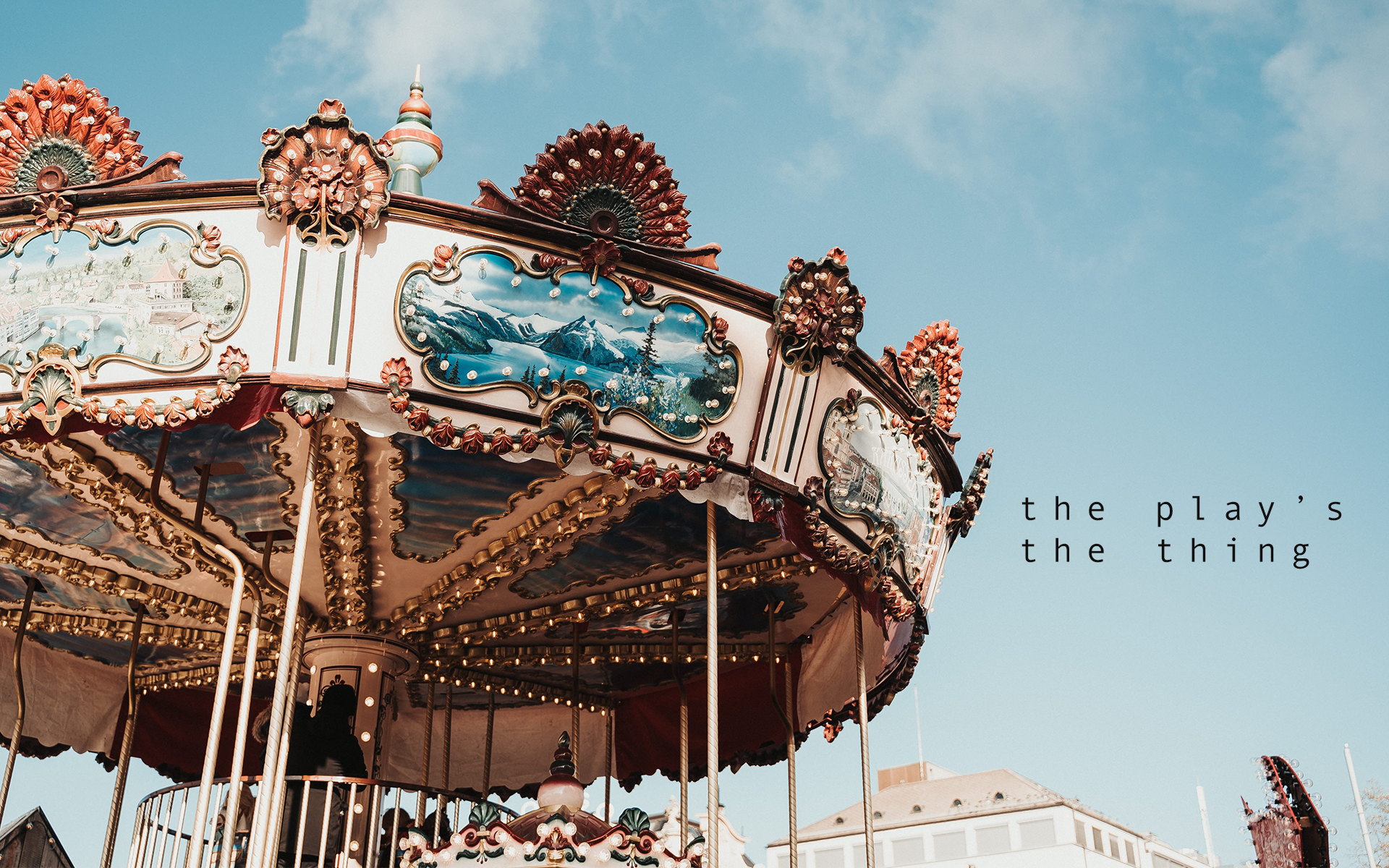

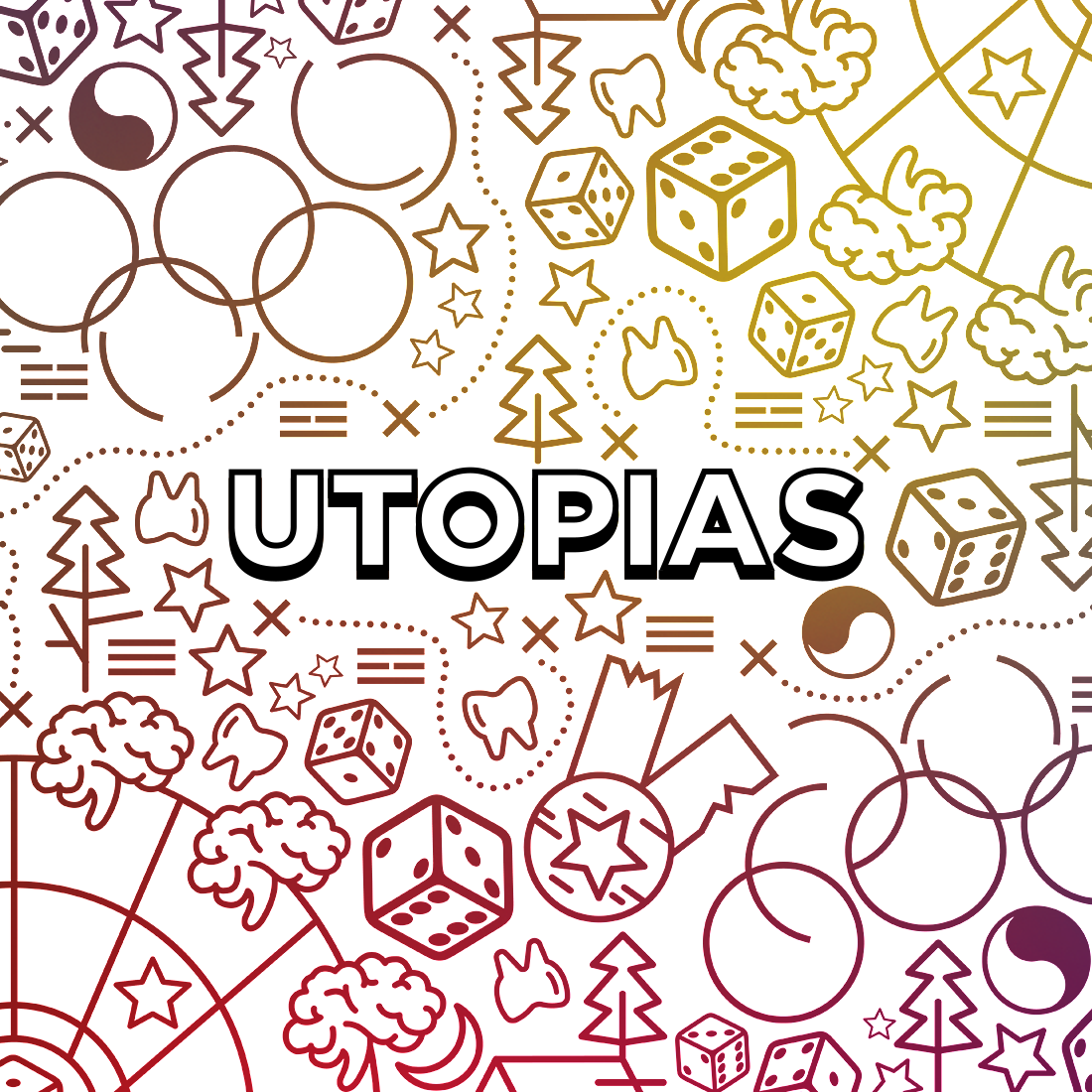
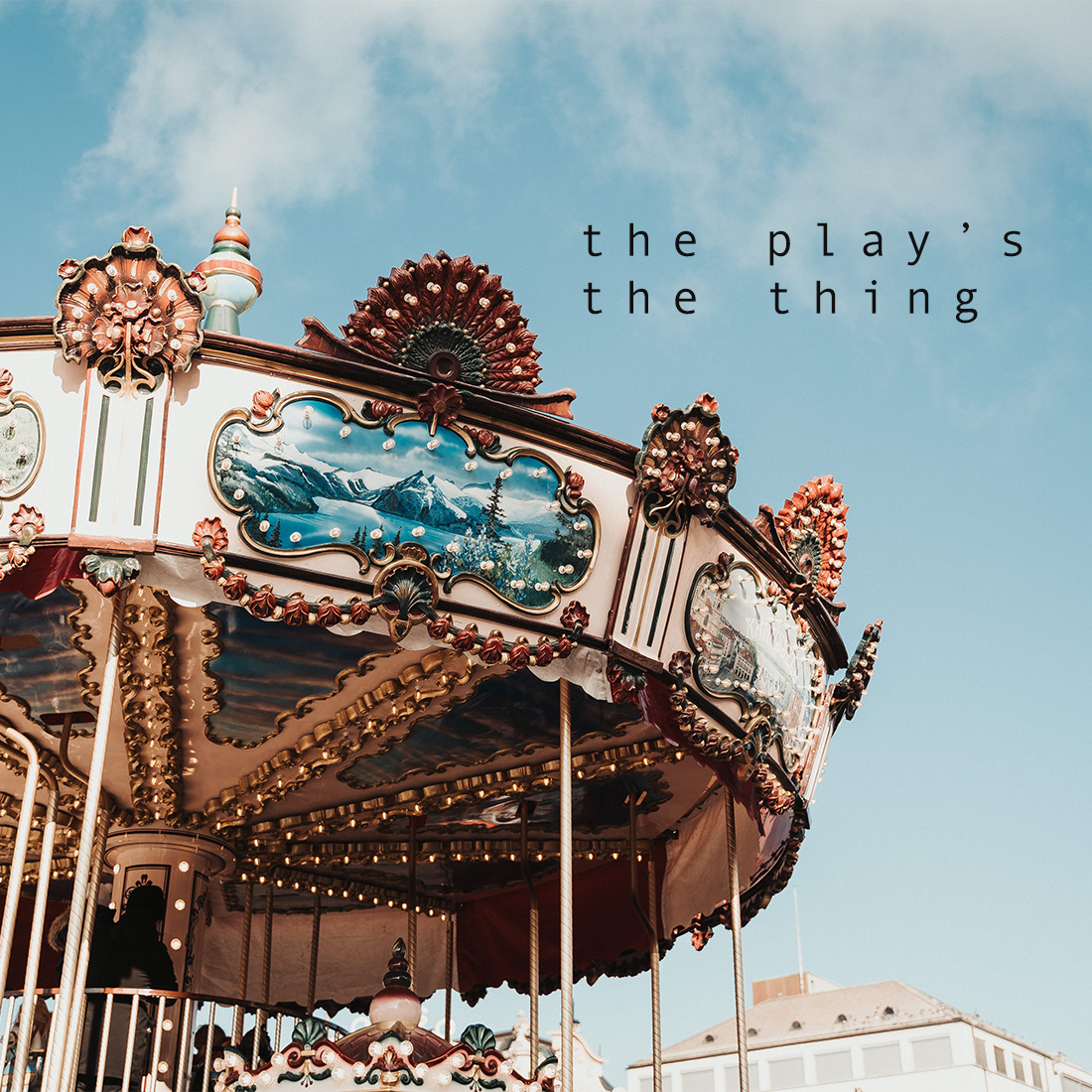
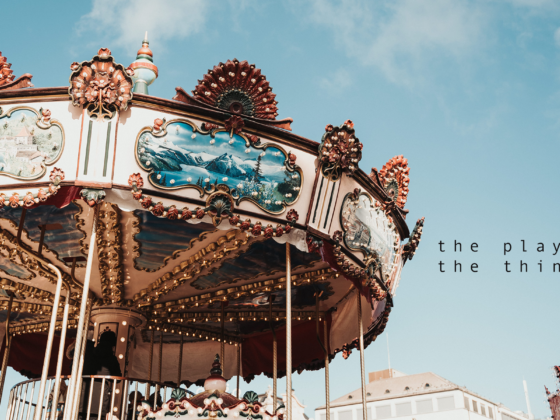
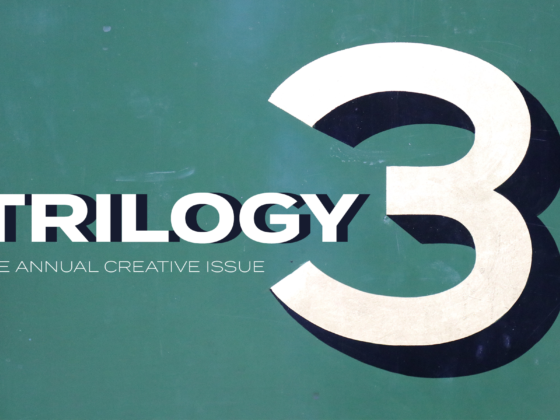
1 comment
Oh my god. I don’t pay much attention to competitive gaming–I’m a casual and happy with it–but I cannot believe that this is the first time I’m hearing about these issues. It’s sickening, and the fact that you worked so hard to help and got so little in return is incredible. If there’s anything I can do to help with this, please let me know. To quote a video game icon, “when you walk into a room, I want the first thing on your mind to be, ‘am I safe to Smash?'” –Brian David Gilbert